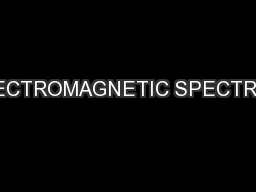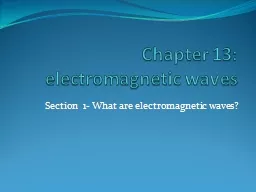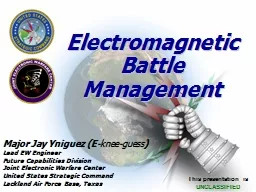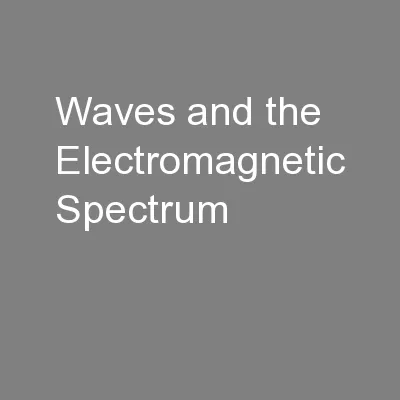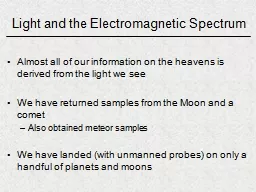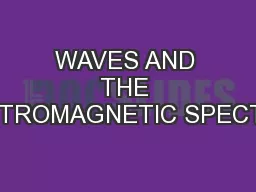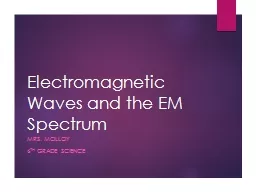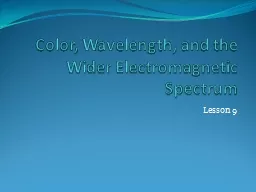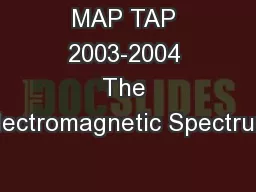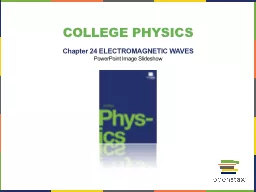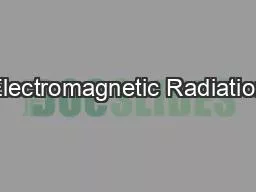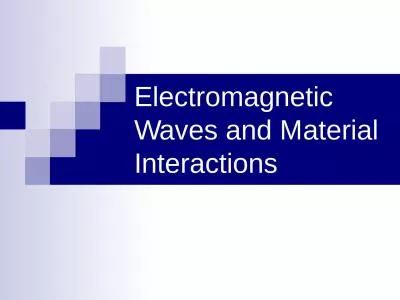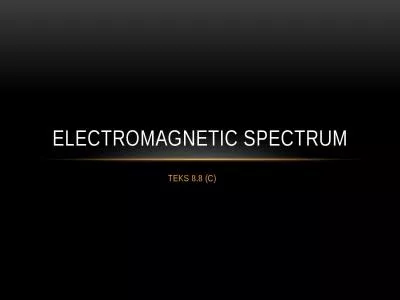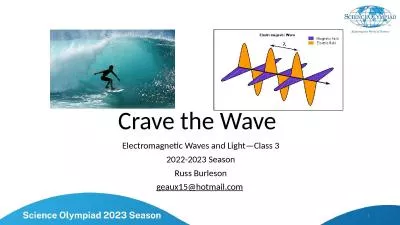PPT-ELECTROMAGNETIC SPECTRUM
Author : liane-varnes | Published Date : 2018-11-30
6 th grade Mrs Messina DO NOW 22316 T hink about the term electromagnetic List as many things that you can think of that are considered electromagnetic Electromagnetic
Presentation Embed Code
Download Presentation
Download Presentation The PPT/PDF document "ELECTROMAGNETIC SPECTRUM" is the property of its rightful owner. Permission is granted to download and print the materials on this website for personal, non-commercial use only, and to display it on your personal computer provided you do not modify the materials and that you retain all copyright notices contained in the materials. By downloading content from our website, you accept the terms of this agreement.
ELECTROMAGNETIC SPECTRUM: Transcript
Download Rules Of Document
"ELECTROMAGNETIC SPECTRUM"The content belongs to its owner. You may download and print it for personal use, without modification, and keep all copyright notices. By downloading, you agree to these terms.
Related Documents

